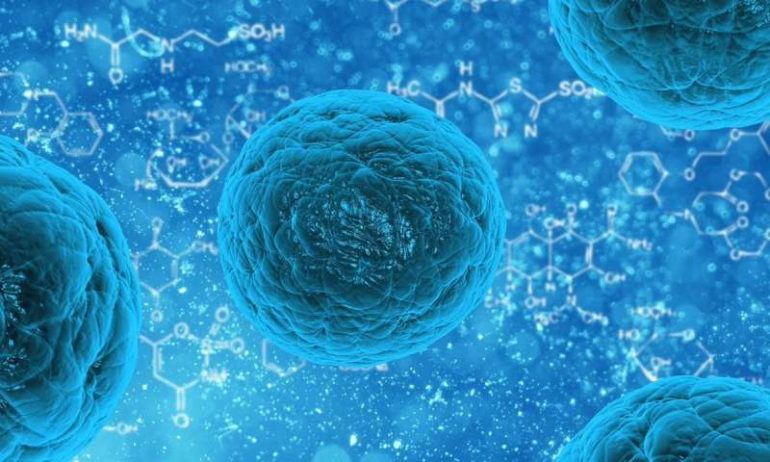Our lungs, bones, blood vessels and other major organs are made up of cells, and one way our bodies keep us healthy is by using protein messengers known as ligands that bind to receptors on the surfaces of cells to regulate our biological processes. When those messages get garbled, it can make us ill with a host of different diseases.
Now a team led by Stanford bioengineer and department chair Jennifer Cochran has tweaked one ligand in slightly different ways to produce two startlingly different results. One set of alterations caused neuronal cells to regenerate, while different tweaks to the same protein inhibited lung tumor growth.
The experiments her team described in the Proceedings of the National Academy of Sciences were performed on rat and human cells or in mice that model actual diseases and are still far from being tested in humans. But the results show how scientists are becoming increasingly adept at tinkering with the body’s protein-based control mechanisms to help vital organs heal themselves.
“These proteins can hopefully one day be used to treat neurodegenerative disease, as well as cancers and other disorders such as osteoporosis and atherosclerosis,” Cochran said.
Her lab studies how ligands and receptors work together to deliver messages to cells, and how these interactions can be engineered to create potent therapeutic agents. Shape is the critical concept. Like all proteins, ligands and receptors are made up of many different amino acids strung together like pearls and folded into distinct three-dimensional shapes. A…



